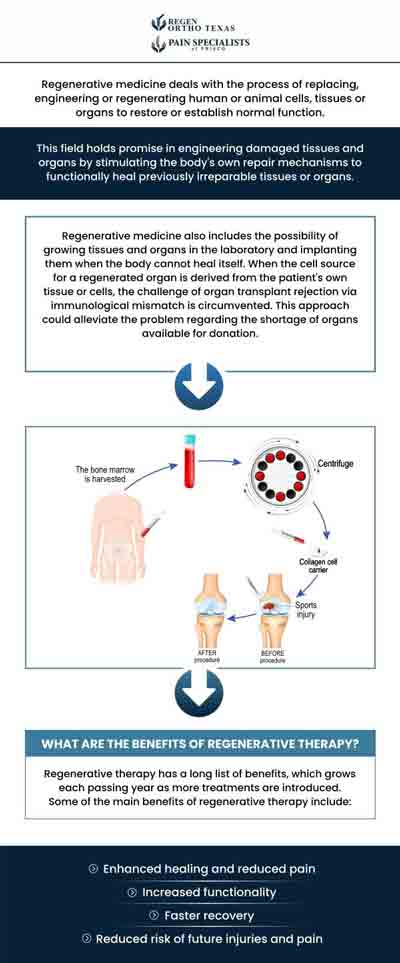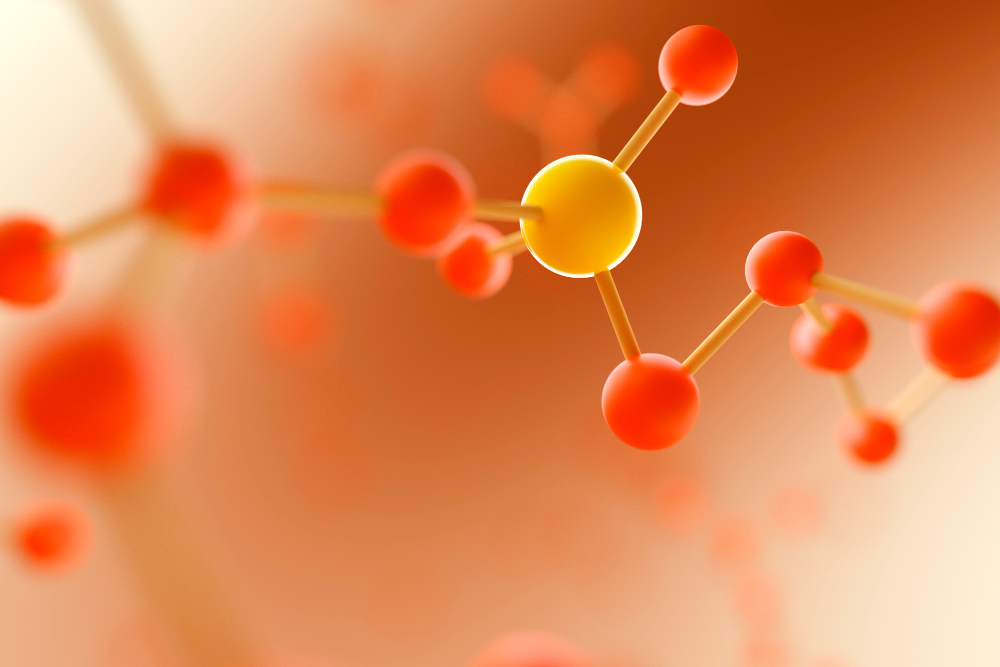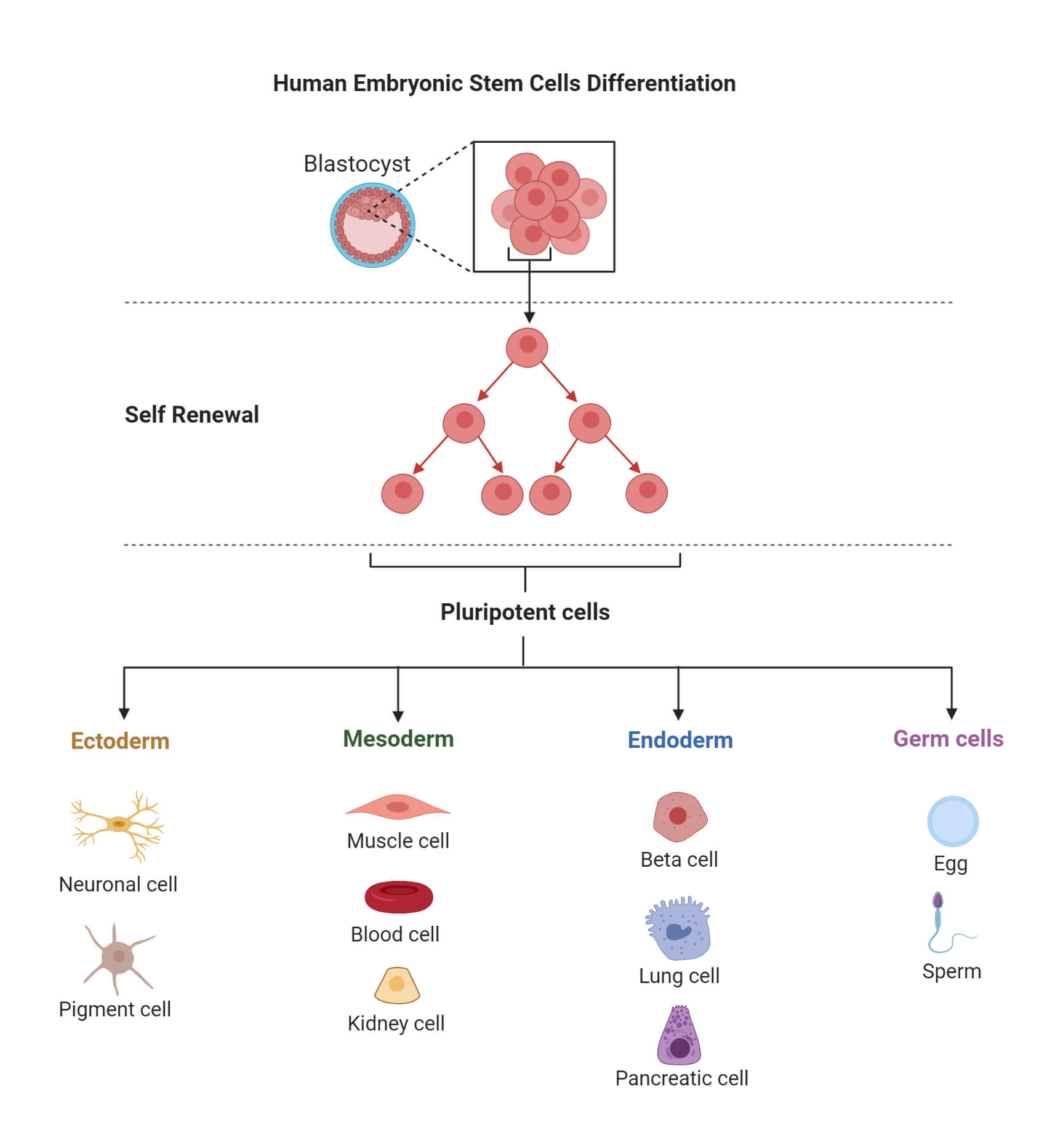Table of Contents

[/image][=video]
[/video]
There are numerous sorts of stem cells. In basic, the term stem cell describes a classification of cells that offer rise to various other cells (like skin, blood, heart, and muscle cells) by duplicating and separating in action to chemical signs. Totipotent stem cells appear at the earliest stage of advancement and are the only stem cells which can produce beginning stem cells and the placenta.
Bone marrow transplant (BMT) is a special treatment for people with specific cancers cells or various other conditions. A bone marrow transplant includes taking cells that are typically found in the bone marrow (stem cells), filtering system those cells, and providing back either to the donor (individual) or to another individual. The objective of BMT is to transfuse healthy bone marrow cells right into a person after his or her own harmful bone marrow has actually been dealt with to kill the unusual cells.
The blood cells that make other blood cells are called stem cells. The most primitive of the stem cells is called the pluripotent stem cell.
It is the stem cells that are required in bone marrow transplant. The objective of a bone marrow transplant is to cure many conditions and sorts of cancer cells. When the dosages of chemotherapy or radiation needed to heal a cancer are so high that an individual's bone marrow stem cells will be completely harmed or damaged by the treatment, a bone marrow transplant may be needed.
Perimenopause Treatment servicing Battle Creek, Michigan
This process is usually called rescue. Replace bone marrow with genetically healthy and balanced operating bone marrow to stop even more damages from a hereditary disease procedure (such as Hurler's syndrome and adrenoleukodystrophy). The risks and benefits have to be evaluated in an extensive conversation with your doctor and experts in bone marrow transplants prior to the treatment.
There are different kinds of bone marrow transplants depending on who the benefactor is. The various kinds of BMT include the following: The benefactor is the person himself or herself. Stem cells are taken from the client either by bone marrow harvest or apheresis (a process of gathering peripheral blood stem cells), icy, and after that given back to the client after intensive therapy.
The benefactor shares the very same hereditary type as the individual. Stem cells are taken either by bone marrow harvest or apheresis from a genetically matched contributor, usually a bro or sis. Various other contributors for allogeneic bone marrow transplants might consist of the following: A haploid-identical match is when the contributor is a moms and dad and the genetic suit is at least half identical to the recipient.

Matching entails inputting human leukocyte antigen (HLA) tissue. The antigens on the surface area of these unique leukocyte determine the hereditary makeup of an individual's immune system. There go to least 100 HLA antigens; nonetheless, it is thought that there are a few significant antigens that establish whether a benefactor and recipient match.
Clinical research is still examining the duty all antigens play in the process of a bone marrow transplant. The even more antigens that match, the far better the engraftment of contributed marrow. Engraftment of the stem cells takes place when the given away cells make their means to the marrow and begin making new members cells.
Menopause Therapy
All people work together to give the finest possibility for an effective transplant. The group consists of the following: Medical care suppliers that specialize in oncology, hematology, immunology, and bone marrow hair transplant.
Professionals that will help you meet your nutritional requirements before and after the transplant. A number of various other group participants will evaluate you prior to transplant and will certainly offer follow-up treatment as needed.

A complete case history and physical examination are carried out, consisting of multiple tests to assess the individual's blood and body organ features (as an example, heart, kidney, liver, and lungs). A person will certainly typically enter into the transplant center up to 10 days before transplant for hydration, evaluation, positioning of the main venous line, and other preparations.
For an allogeneic transplant, a suitable (cells entered and matched) contributor should be available. Voluntary marrow contributors are signed up in a number of national and international registries.
Benefactor resources available consist of: self, sibling, parent or loved one, nonrelated individual, or umbilical cable from an associated or nonrelated individual. There are national and worldwide registries for nonrelated people and cord blood. Some relative might be keyed in as a result of the wish to aid. These family members might or might not choose to have their kind registered for use with other recipients.
Perimenopause Treatment
Tests connected to his or her wellness, exposure to viruses, and genetic evaluation will be done to figure out the level of the suit. The contributor will certainly be given instructions on exactly how a bone marrow contribution will be made. When a suit for a client needing a bone marrow transplant is discovered, then stem cells will be collected either by a bone marrow harvest.
Or by an outer blood stem cell collection. This is where stem cells are accumulated from the circulating cells in the blood. Of the 2, peripheral blood stem cell contributions are currently a lot more common. Cable blood has actually currently been collected at the time of a birth and saved for later use.
Navigation
Latest Posts
Hormone Therapy
Menopause Treatment
Menopause Treatment servicing Battle Creek